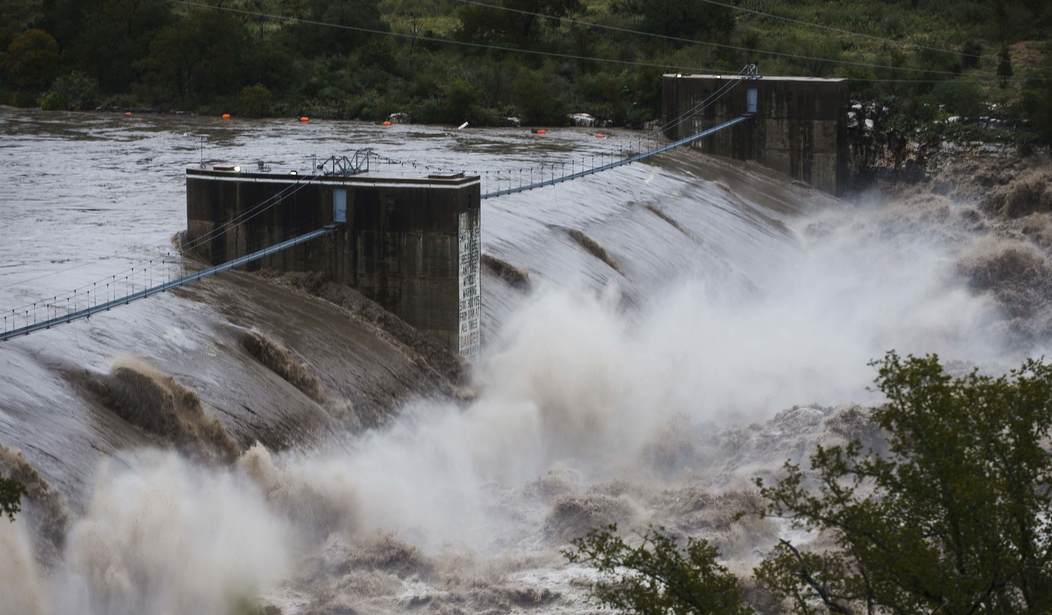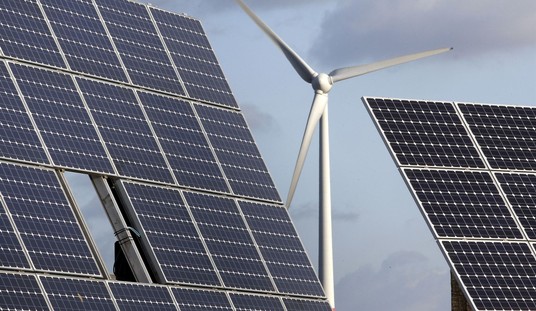Our frequent drives through the Central Valley of California are punctuated with signs. Not just 20 miles to the next McDonald's, but rather homemade signs, or more appropriately, farmer-made signs. Signs that castigate Gavin Newsom for his shortsighted policies concerning water. The signs are worded something like this:
“Newsom’s is an idiot. No water, No food”
The theme is the same: the people who feed California, in fact, who feed the nation, are being starved of water. Farms need water, and farmers aren't getting enough. Why? Because California doesn’t have enough water storage. Dams and the reservoirs they create could store plenty of water, but they aren’t being built.
Ten years ago, California voters passed Prop. 1, which authorized $2.7 billion for new water storage projects. What happened? It’s California, so not much. A dam project slated for the Sacramento Valley had been stalled for 40 years. A need for water retention isn’t new, and it isn’t “rocket science.” With each year of drought, the state should have been short-tracking construction of dam projects, but it hasn't.
Two dam projects that “had been” scheduled to be built this year have been unscheduled and pushed back another year.
Still, Sites Reservoir remains almost a decade away: Acquisition of water rights, permitting and environmental review are still in the works. Kickoff of construction, which includes two large dams, had been scheduled for 2024, but likely will be delayed another year.
California has over 1,500 dams, 42 of which are deteriorating to the point that they are “restricted” for safety reasons - meaning they aren’t allowed to hold the water they could if they weren’t restricted for safety. Three hundred and thirty thousand acre-feet of storage capacity is lost because of it. That’s the equivalent of an entire year's worth of water for 3.6 million people, or an awful lot of food-producing water. So what did the Democrat super-majority legislature do? They cut funding in half.
And an incredible amount of water simply runs down causeways and into the ocean.
California is imposing "permanent water restrictions" for the first time ever. This comes after 20,000 cubic feet per second flowed to the ocean last year because of inadequate storage.
— Kevin Kiley (@KevinKileyCA) July 11, 2024
Under the order, rationing and low-flow device mandates will be used to reduce water 30… pic.twitter.com/jAJv9JcwBy
Under the order, rationing and low-flow device mandates will be used to reduce water 30 percent regardless of conditions. Suppliers who don't comply will face $10,000 per day fines.
What are the geniuses in the State House doing now? Cutting water use to everyone in the state. Some by a little - others by a lot.
The new regulation, which was approved by the California State Water Resources Control Board (SWRCB) on Wednesday, will require the state's largest water utilities—which serve 95 percent of California residents—to reduce the amount of water they provide over the next 15 years. It doesn't apply directly to households or individuals in the state.
The LA Times reports that the restrictions would do the following:
The combination of those issues amounts to 390,000 fewer acre-feet of water conserved by 2030 than in earlier drafts, according to their analysis. (An acre-foot is about 326,000 gallons.)
For people living in “Glendora City” - well, they're screwed. Their water supplier must cut water to its residences by 42 percent. Fortunately, I live in LA County, and we got smacked with restrictions already, so DWP isn’t mandated to cut my faucet off. At least not yet.
The Los Angeles Department of Water and Power, for instance, has already made significant gains in conservation and would not need to achieve its first reduction, 6%, until 2035. Other areas, such as the city of Bakersfield, would need to cut back 25% by 2030 to stay in compliance.
Water policy in California has always been "kick the can down the road until you can’t see it."
Building dams seems like a no-brainer, but I guess we have to save some snail darters and endangered frogs or something.
Hey Gavin, you're an idiot...dam it!















Join the conversation as a VIP Member